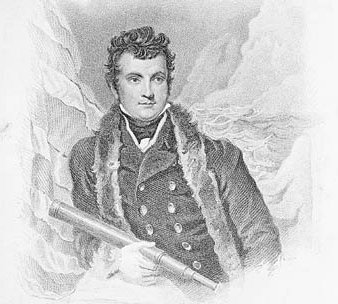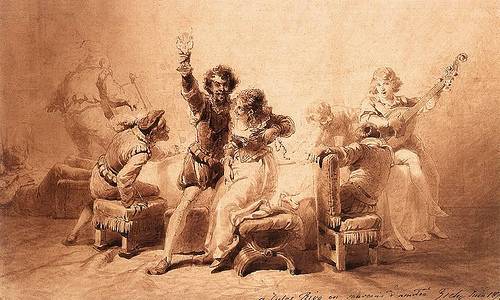Charles Clerke was midshipman on HMS Dolphin during her first circumnavigation of the world, under John Byron. Immediately on his return in April 1767, he appeared before the Royal Society with an account of enormously tall natives in Patagonia:
They are of a copper colour, with long black hair, and some of them are certainly nine feet, if they do not exceed it. The Commodore, who is very near six foot, could but just reach the top of one of their heads, which he attempted on tip-toes; and there were several taller than him on whom the experiment was tried. They were prodigious stout, and as well and proportionally made as ever I saw people in my life. The women, I think, bear much the same proportion to the men as our Europeans do: there was hardly a man there less than eight feet, most of them considerably more; the women, I believe, run from seven and a half to eight feet. (Philosophical Transactions, vol. 57)
By that time such reports had been accumulating for more than two centuries: See Tall Tale and More Tall Argentines.


